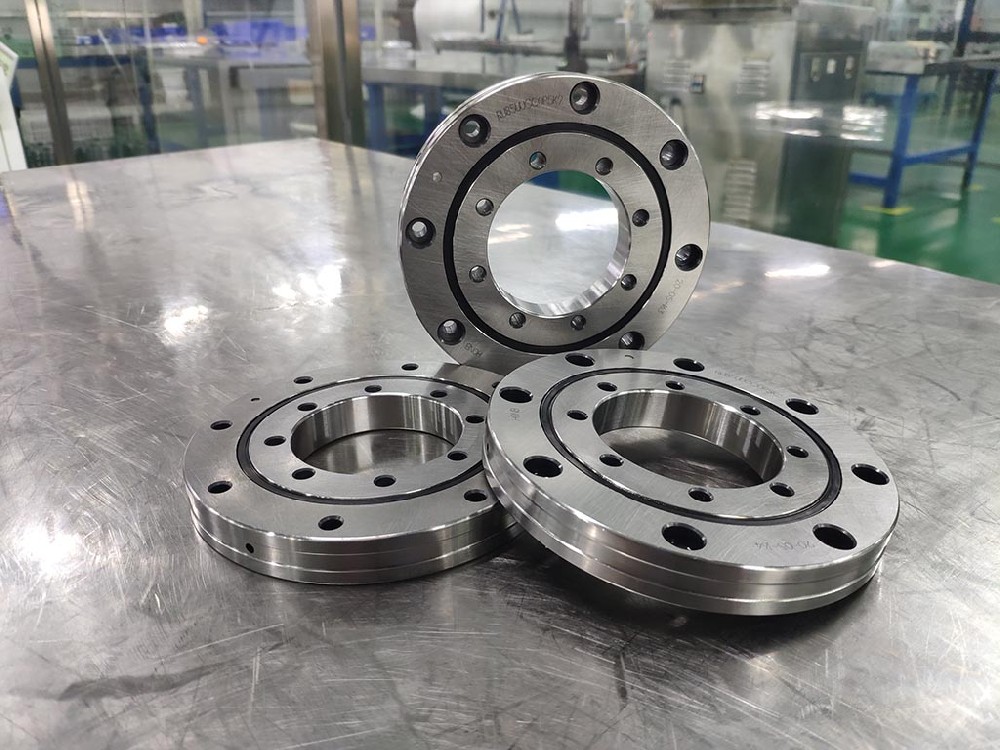1. Use a reasonable cooling method:
The influence of cooling process on deformation after metal quenching is also a very important cause of deformation. The deformation of hot oil quenching is smaller than that of cold oil quenching, and it is generally controlled at 100±20°C. The cooling capacity of the oil is also critical to deformation. Both the stirring method and speed of quenching affect the deformation. The faster the metal heat treatment cooling rate, the more uneven the cooling, the greater the stress generated, and the greater the deformation of the mold. Pre-cooling can be used as much as possible under the premise of ensuring the hardness requirements of the mold; the use of graded cooling and quenching can significantly reduce the thermal stress and structural stress generated during metal quenching, and is an effective way to reduce the deformation of some complex workpieces; for some particularly complex or For workpieces with high precision requirements, the deformation can be significantly reduced by austempering.
2. Use a suitable medium:
On the premise of ensuring the same hardness requirements, use oily medium as much as possible. Experiments and practice have proved that under the premise of no difference in other conditions, the cooling rate of oily medium is slower, while the cooling rate of watery medium is relatively faster. Moreover, compared with oily medium, the change of water temperature has a greater influence on the cooling characteristics of water-based medium. Under the same heat treatment conditions, the deformation of oily medium after quenching is relatively smaller than that of water-based medium bearings.
3. Part structure should be reasonable:
In the cooling process after metal heat treatment, the thin part always cools quickly, and the thick part cools slowly. In the case of meeting the actual production needs, the gap in the thickness of the workpiece should be minimized, and the cross-section of the part should be uniform to reduce the distortion and cracking tendency of the transition zone due to stress concentration; the workpiece should try to maintain the symmetry of the structure and material composition and organization to reduce Distortion caused by uneven cooling; sharp edges, grooves, etc. should be avoided as far as possible for the workpiece, and there should be rounded corner transitions at the junction of thickness and steps of the workpiece; try to reduce the asymmetric structure of holes and grooves on the workpiece; uneven thickness Parts adopt the method of reserved machining amount.


